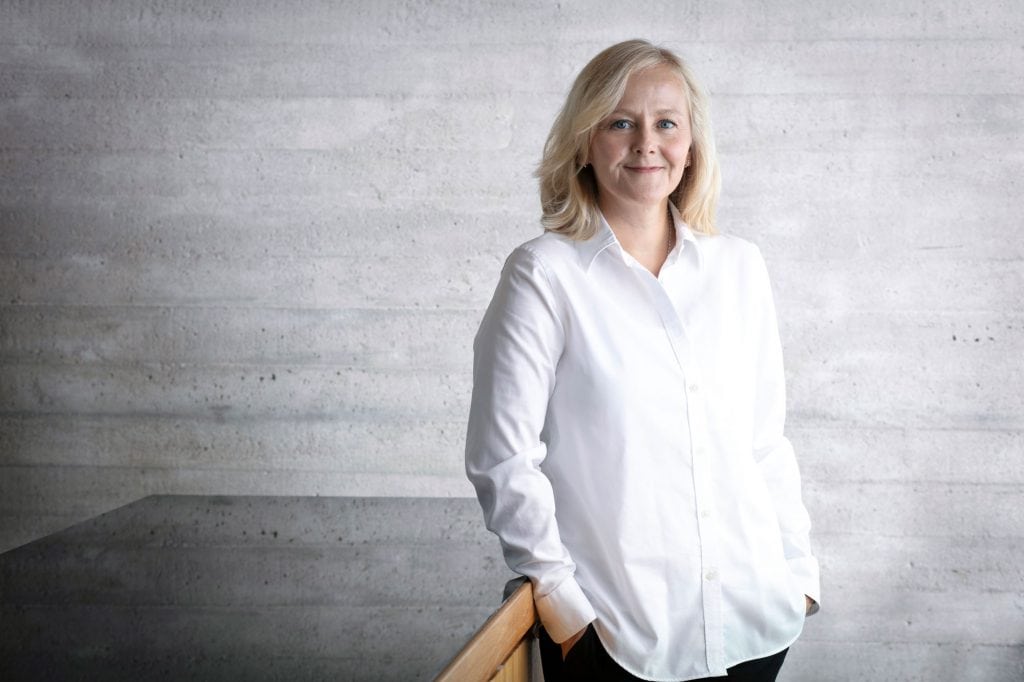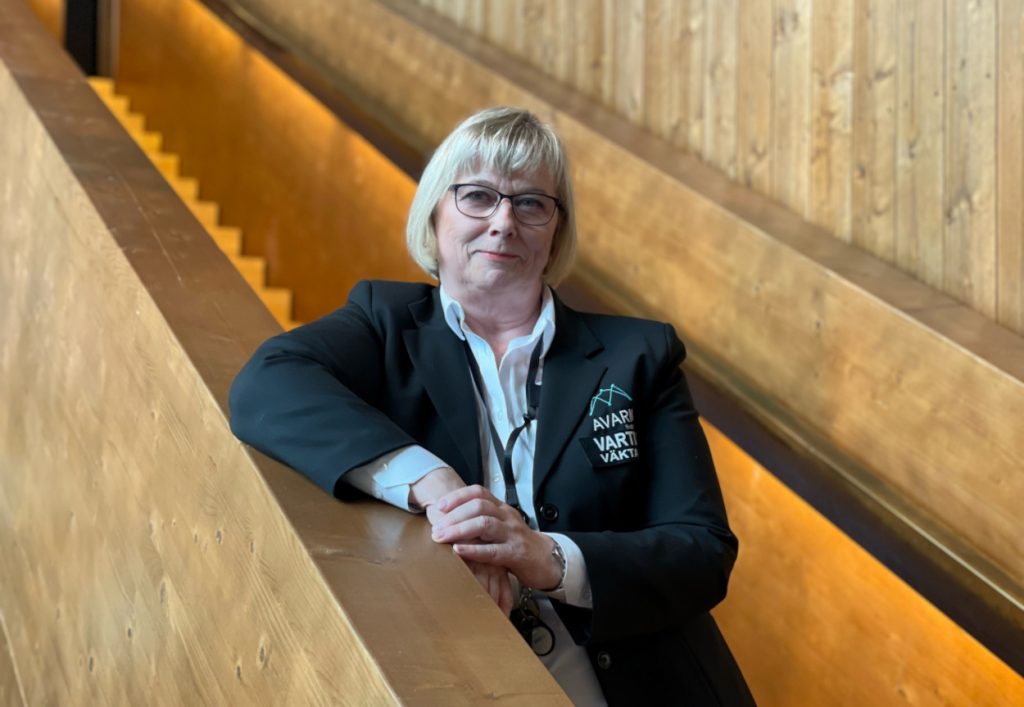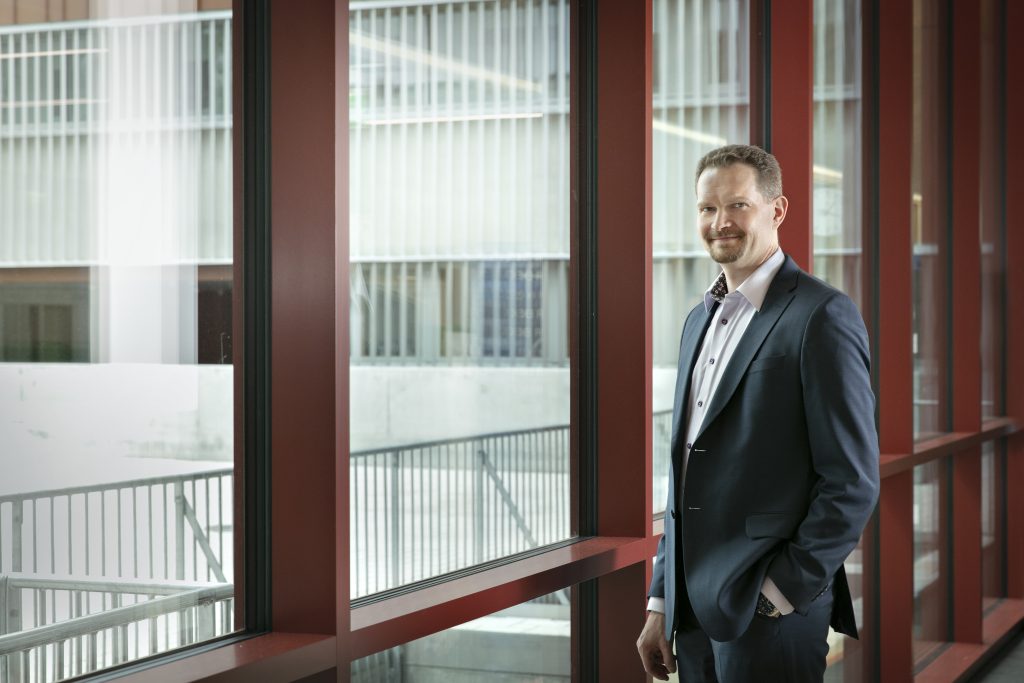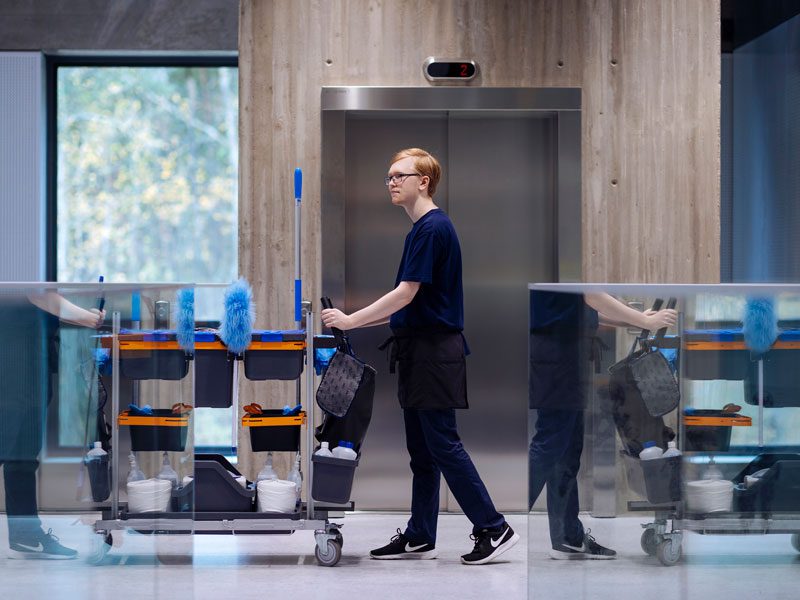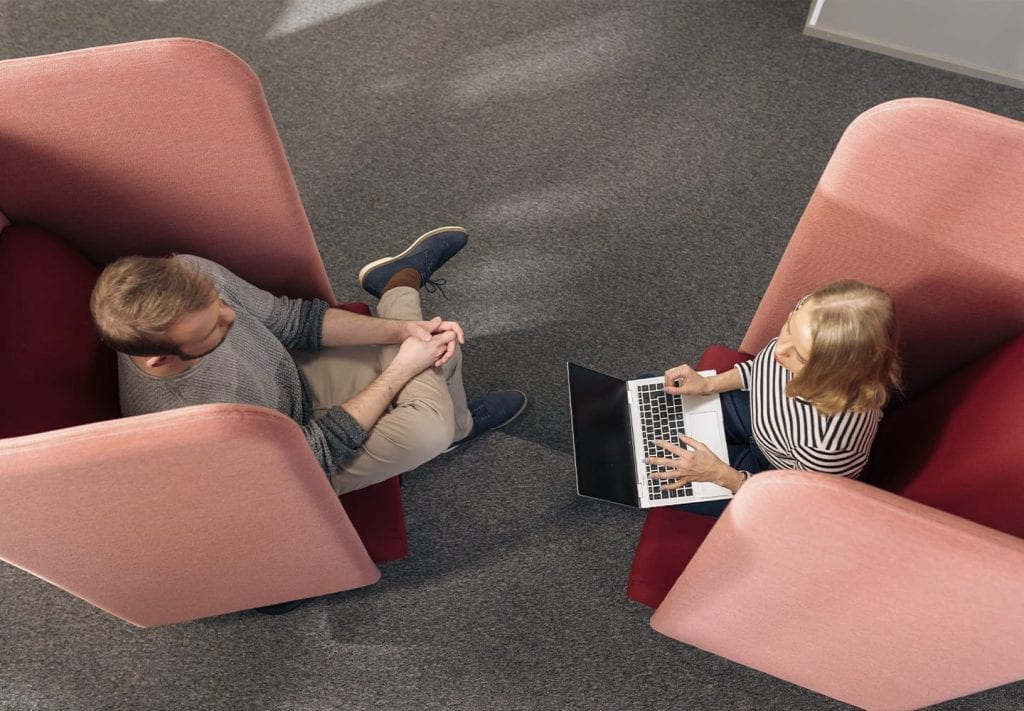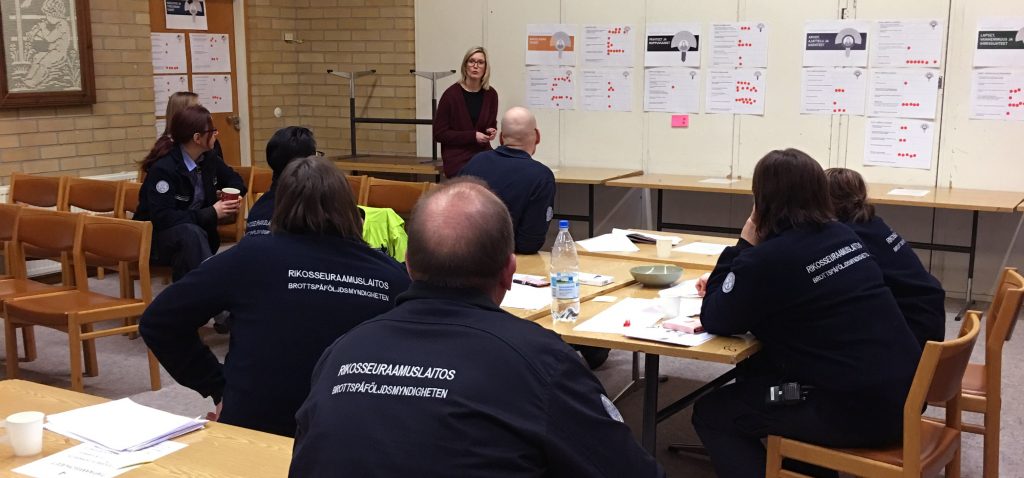
There is no shortage of topics when the Criminal Sanctions Agency’s Development Director Pauli Nieminen, Senate Properties’ Specialist Anne Sundqvist and Senate Properties’ Account Manager Mika Kemppainen sit down together at the table, and no shortage of things to do, either. They have been working on the development project entitled Vankiloiden toiminnan ja palveluiden kehittäminen (Development of the prison operations and services) for just over four months.
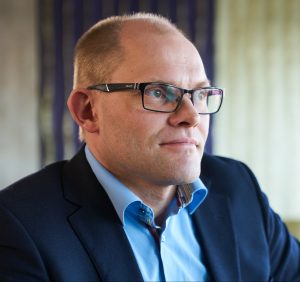
“It’s not just the three of us in this project: 50 professionals from the criminal sanctions field as well as a dozen specialists from Senate and its partner network have also taken part,” says Mika Kemppainen.
The project looks at how the imprisonment process is implemented and the way it affects inmates. Since the aim is to reduce reoffending rates, we need to adopt a completely new perspective on prisoners’ lives, the staff’s operations and the premises.
“This requires an enormous change in prison operations and culture. Our duty is to build prisons that will rehabilitate prisoners so they can lead crime-free lives and also teach them skills that they will need in today’s and tomorrow’s society. If prisoners simply lie in their cells doing nothing, we can be sure that they won’t obtain many of the skills that are necessary to cope in the outside world. For example, nobody can get by in their everyday life without some IT skills,” explains Pauli Nieminen.
The project pilot venue is the Hämeenlinna women’s prison, which houses about 100 inmates, and the idea is to turn it into a modern women’s prison, and the best one in the world.
“Using the current planning instructions, we have built prisons that emphasise surveillance and containment of the prisoners. At worst, this can mean that the prisoners take outdoor exercise three metres below ground level and don’t see any natural environment at all. We don’t want to build this kind of environment in new prisons. As a prison is supposed to be a learning environment for a crime-free future, features such as a new management style, rehabilitation, activation and interaction will be the key issues,” says Pauli Nieminen.

The project is based on the background work started in 2014 by the Criminal Sanctions Agency and Senate Properties. It defines what the prison of the future should be like, and concrete and steel certainly were not the first elements to be brought up in the process. Instead, a comprehensive view is taken of the prisoner’s life, of which the imprisonment is just one phase. The aim is for the prisoner to change the course of his or her life to lead a crime-free life. Rehabilitation efforts focus on the future, on coping in society after the release.
“We have examined a number of studies on female prisoners and visited prisons in the Nordic countries and Central Europe to understand their operational models. A safe environment that promotes rehabilitation as well as professional and dignified interaction with both staff and other inmates is vital,” says Pauli Nieminen.
Inmates have also been interviewed during the project.
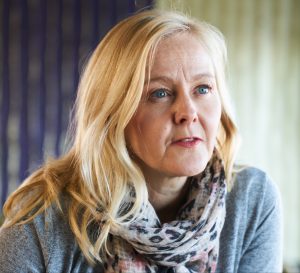
“They would like to see an atmosphere of encouragement instead of discouragement, belittling and distrust. Some of their wishes were quite mundane, such as more diverse and healthier options in the canteen and nicer clothes,” Anne Sundqvist says.
All three agree that the discussions and workshops have been very rewarding.
“When you work on a development project, it’s important that several people, many views and even critical comments are heard. That’s the only way to make progress. It’s great that even the staff at the Hämeenlinna prison were actively involved in the process. They understand that if a prison is a good environment for the prisoners, it’ll be good for the prison officers as well,” says Pauli Nieminen.
What is a Finnish female prisoner like?
There are about 300 female prisoners in Finland. About half of them were convicted for violent offences. The second most common reasons for imprisonment are drug and property offences. Many female prisoners suffer from substance abuse and low self-esteem, and they do not trust their own ability to cope and be independent. On average, female prisoners also tend to be in poorer health than their male counterparts. They have often experienced sexual abuse and violence.
How are female prisoners special?
Prisons should take women’s issues into account and guarantee a safe and respectful environment for all. Drug and other rehabilitation programmes should focus on the development of safe relationships. Many female prisoners are also mothers.
Congratulations from Senate Properties!
The Criminal Sanctions Agency was awarded the 2017 Democracy Recognition for its partnership networks, development of the prison concept and interactive work. The recognition, granted to actors and organisations that promote open administration and participation, was awarded for the third time this year by the Ministry for Finance, the Ministry of Justice and the Association of Finnish Local and Regional Authorities.
Senaatti.fi will follow the project’s progress.

